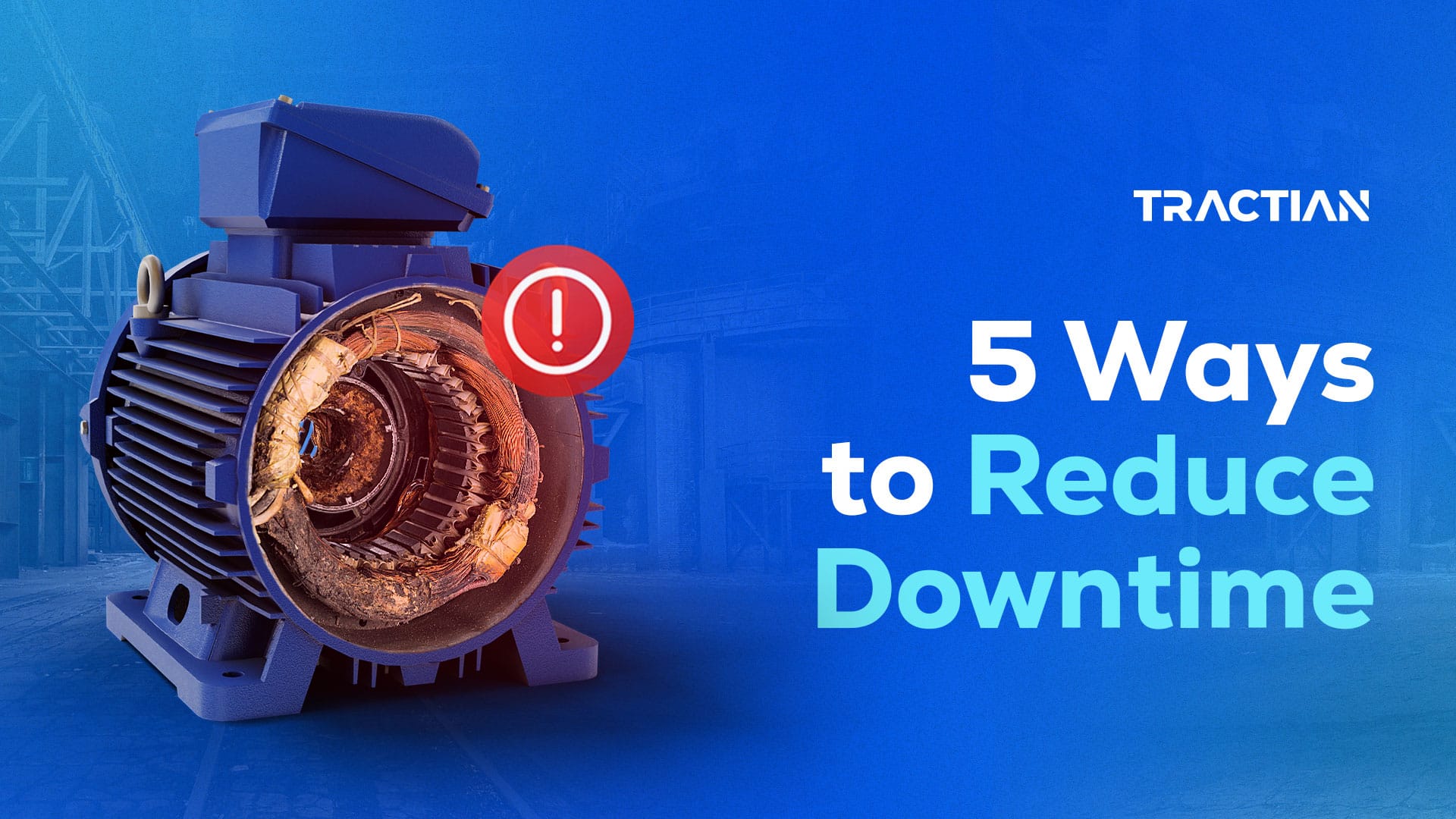The maintenance sector is one of paramount importance to industries across the globe. Not only does it ensure the smooth operation of all equipment, it optimizes maintenance plans and schedules for maintainers. All this said, there are ways for maintainers to become even more efficient.
Now, we know how budgeting goes – the first version is never the last. This means that avoiding any unknown costs is absolutely crucial for maintenance teams. Sometimes surprise costs are unavoidable, but luckily reducing costs and minimizing downtime go hand in hand.
Downtime is an issue that haunts manufacturing industries, but that doesn’t need to be the case. There are many ways for maintenance teams to reduce, and even prevent, periods of inactivity in their industrial equipment. Keep reading for some industrial trade tips on dealing with manufacturing downtime and downtime reduction strategies.
What Is Downtime?
If you want to reduce downtime, you have to know exactly what it is you’re reducing. It’s the period of time in which a machine is out of operation, mainly due to an unexpected problem. There are two types of downtime, tangible and intangible.
Tangible losses are relatively easy to quantify. They include capacity loss, production loss, direct labor and stock product loss, and profit loss, which is the amount the company stops earning while production is stopped.
Intangible losses are harder to measure, but may be even more significant than the tangible ones. They include response capacity, stress, and other important business aspects.
All industries have times of inactivity, aka planned downtime, but periods of unplanned machine downtime often turn out to be very expensive.
Your organization likely keeps an eye on every budget dollar carefully, but there’s one cost that usually only gets accounted for after the fact: unplanned downtime.
You may be thinking that downtime costs only apply to larger businesses, but that’s not generally the case. Smaller enterprises tend to be even more costly, where having critical system inactivity – time when equipment and applications are offline – can result in lost business, productivity stops, and correction efforts. Think about how far that money can go when using a proactive maintenance strategy!
Minimize Unplanned Downtime and Losses
The true loss of inactivity time includes lost business opportunity costs and wasted budgets. From our own data, we know that plants lose at least 5% of their production capacity due to inactivity time, with a majority of them losing up to 20%.
The biggest contributor to downtime costs is downtime itself. Avoid downtime, and in turn avoid losses due to inactivity.
Some of the main losses in the industry are:
- Unavailability of equipment for production
- Disrupted sales expectations with production bottlenecks
- General labor costs towards quality control and maintenance
- Constant time lost for repairs
How To Eliminate Unplanned Downtime
Understanding the consequences of unplanned equipment breakdowns makes it clear why it needs to be reduced and/or eliminated. Below are five different ways to get rid of the downtime that plagues maintenance teams and production lines alike.

1. Have a Maintenance Plan
One of the most simple – yet effective – ways to reduce downtime is by having an efficient maintenance plan. In order to create one, follow these steps and adjust accordingly:
- Identify the problem
- Plan the maintenance necessary
- Schedule the work to be done
- Delegate the task to the correct people
- Final check-ups to check execution

Once you’ve got a basic maintenance plan figured out, you can apply it to all maintenance tasks and failures. Not only does it help organize your team, but it keeps track of any work that’s been done or needs to be done.
Check out this article to learn more about predictive maintenance, preventive maintenance, and about how making a maintenance plan can improve your company’s performance.
2. Stop Putting Out Fires
Instead of only fixing expected failures, you should be trying to prevent them before they turn into downtime events. The goal is to be proactive with your maintenance plans, preventing unplanned stops. In order to do this, focus on finding out which events generate failures, and perform inspections before it’s too late.
3. Stay on Schedule
Before a stop happens, you should have a plan in place. Try to keep a schedule specifying who will perform the work, when, and where. This helps maintenance managers and teams execute the work in a more efficient and streamlined way.
One way to do this is by creating work orders that allocate the most appropriate employee for any given task. The other, more efficient way is with maintenance management software. With this type of technology, you can get both automated work orders and maintenance plans.
4. Using Monitoring Equipment as a Solution
Constantly monitoring your equipment is a great way to spot the first signs of failure. Intelligent sensors can collect vibration, temperature, current, voltage, among types of data, and identify possible problems that may cause equipment breakdown.
If you want a breakdown on how to identify failures with vibration analysis and how that can improve your maintenance plan, read this article.
5. Use a Smart Sensor to Avoid Downtime
Smart IoT sensors do all the hard work of monitoring machines, automatically, to anticipate when unplanned downtime might happen. Smart Trac Sensor by TRACTIAN is a great example, ensuring real-time monitoring of your equipment’s health and preventing any type of unexpected breakdown.
Not only does the sensor identify when something goes wrong, but it is also paired with a condition monitoring platform, which sends automatic alerts to the maintenance team so they know how to act.
Our fault detection technology, in fact, is patented by the USPTO, the world’s most renowned patenting institution in the world. These real-time prescriptions and routes of action mentioned above allow maintenance workers to tackle the situation in the most time efficient manner. Click here to learn more about the patent and what makes our technology so advanced.
The sayings, “Time is money” and “Industries can’t stop” are extremely accurate when it comes to proactive maintenance and pursuing the ever-elusive zero downtime. When inactivity equals profit loss, Maintainers true focus is to reduce downtime to a maximum, aiming at the industry’s best performance.
Want to learn more about how Tractian can help reduce your company’s downtime? Contact one of our specialists for a free demonstration.


